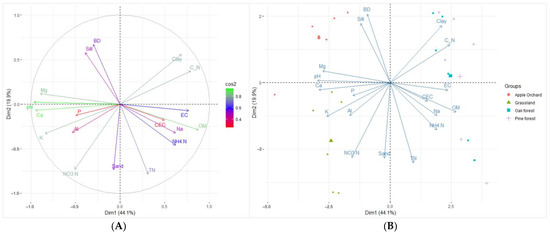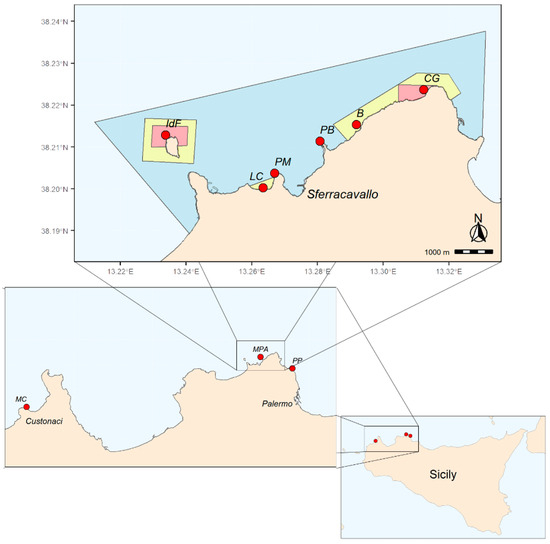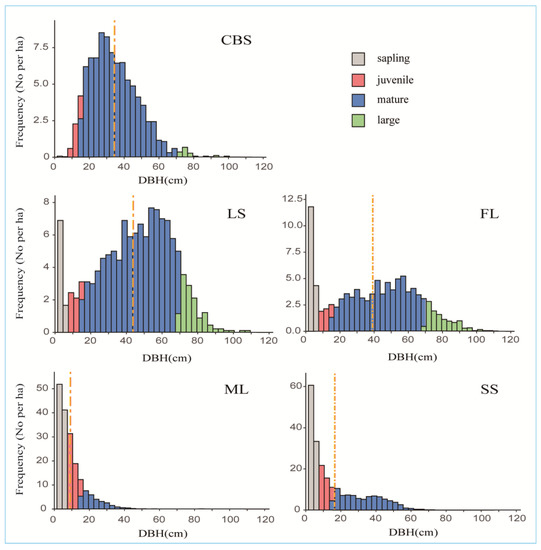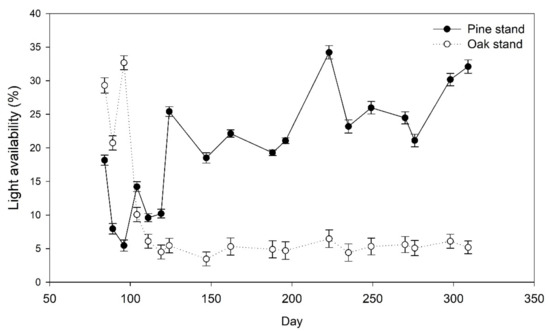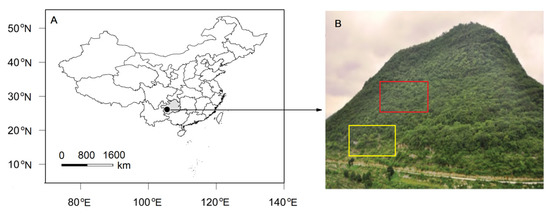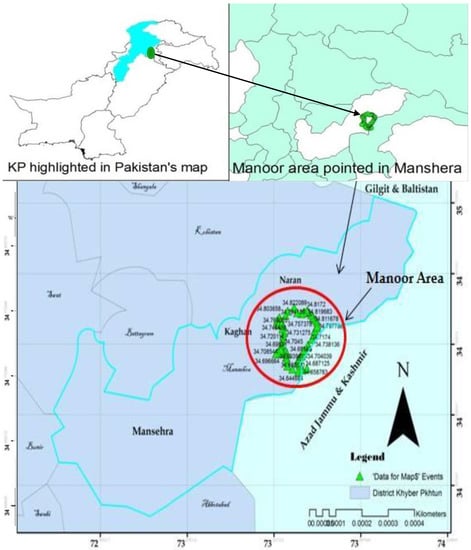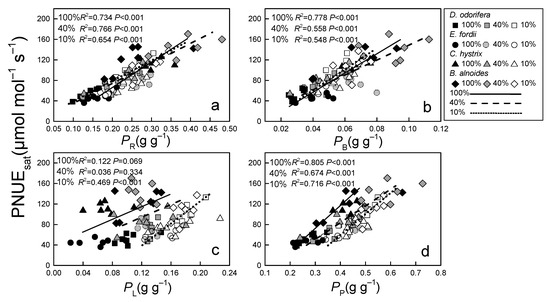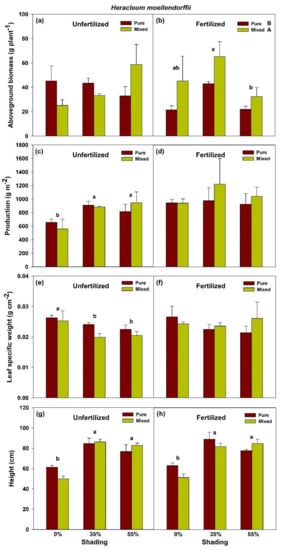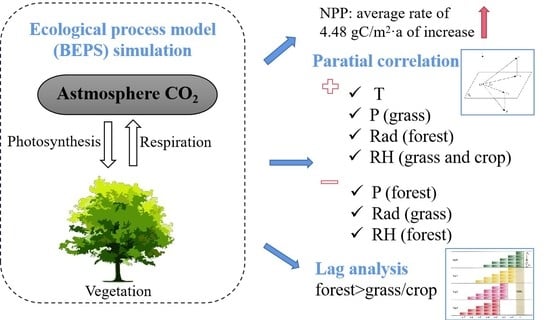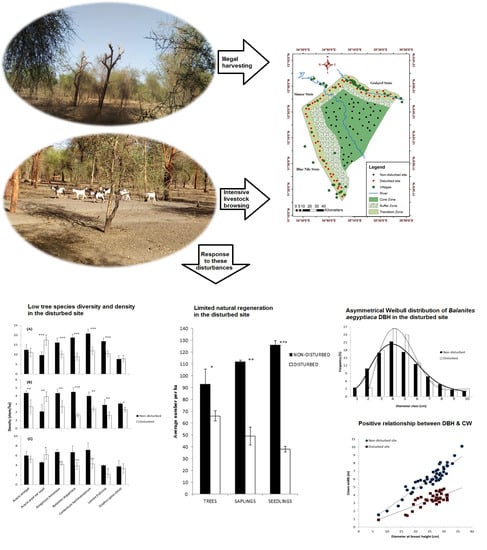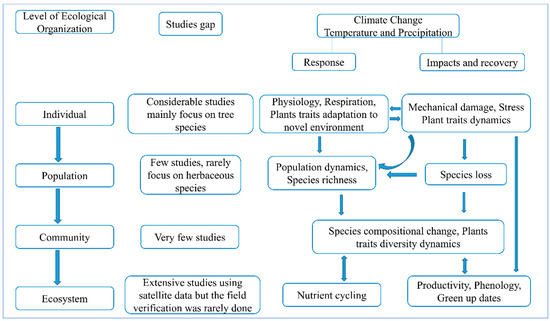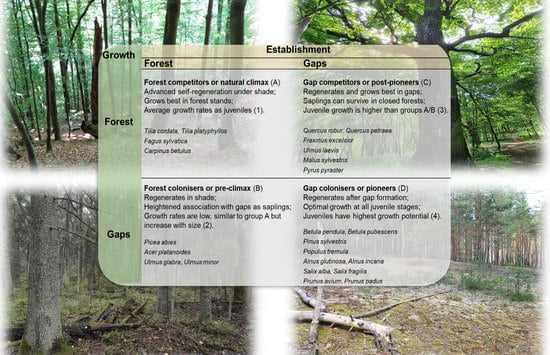Forest Environment and Ecology
A topical collection in Plants (ISSN 2223-7747). This collection belongs to the section "Plant Ecology".
Viewed by 51102Editors
Interests: ecological silviculture; qualified seedling production; restoration ecology; carbon sequestration by forest management; nutrient cycling in forest ecosystems; the response of plants to environmental change; forest soil management for forest health
Interests: plant community structure and composition; evolutionary biology of forest plant populations; ecological genetics of forest plants; forest biodiversity and genetic resources
Topical Collection Information
Dear Colleagues,
Forests provide innumerable ecological, social, and economic services. Besides providing food, water, air, and shelter for humans, they also mitigate climate change by acting as carbon sinks via carbon sequestration. Many of the ecological, biological, and chemical processes that are needed for trees to flourish are influenced by the forest environment. The complex interactions among the physical and biological components engender a resilient and stable forest structure and diverse composition. However, forests are under threat and pressure amid changes in climate and land use, which cause significant alterations in the forest environment in many regions. The capacity of the forest to support the forest plant community (especially trees) depends on factors of its physical environment, such as precipitation, temperature, soil, light, etc. For example, gas exchange across the forest strata depends upon the prevailing microclimatic and edaphic factors, and significant changes in these factors influence the capacity of the forest to sequester carbon dioxide from the atmosphere, as well as the capacity to provide ecosystem services.
Because the climate is continuously changing, we must be able to fully understand the interactions between the physical and biological environments to help predict forest growth and tree survival, especially during restoration and regeneration processes. Hence, this Topical Collection "Forest Environment and Ecology" of Plants invites submission of original research in various fields of forest ecology with emphasis on physical environment and tree interactions. Long-term field and large-scale nursery-based observations and modeling of the forest physical environment at various levels (from population to ecosystem levels) and its interaction with trees across various developmental stages (from seeds, seedlings to mature trees) are most welcome. Because urban forests also provide many ecosystem services and the survival of trees therein largely depends on the physical environment, similar studies on the context of urban forest environment, whether field-based or under controlled conditions, are also encouraged.
Prof. Byung Bae Park
Prof. Dr. LERMA SJ. MALDIA
Collection Editors
Manuscript Submission Information
Manuscripts should be submitted online at www.mdpi.com by registering and logging in to this website. Once you are registered, click here to go to the submission form. Manuscripts can be submitted until the deadline. All submissions that pass pre-check are peer-reviewed. Accepted papers will be published continuously in the journal (as soon as accepted) and will be listed together on the collection website. Research articles, review articles as well as short communications are invited. For planned papers, a title and short abstract (about 100 words) can be sent to the Editorial Office for announcement on this website.
Submitted manuscripts should not have been published previously, nor be under consideration for publication elsewhere (except conference proceedings papers). All manuscripts are thoroughly refereed through a single-blind peer-review process. A guide for authors and other relevant information for submission of manuscripts is available on the Instructions for Authors page. Plants is an international peer-reviewed open access semimonthly journal published by MDPI.
Please visit the Instructions for Authors page before submitting a manuscript. The Article Processing Charge (APC) for publication in this open access journal is 2700 CHF (Swiss Francs). Submitted papers should be well formatted and use good English. Authors may use MDPI's English editing service prior to publication or during author revisions.
Keywords
- carbon sequestration
- ecosystem services
- edaphic and climatic factors
- forest growth
- forest structure
- physical environment and tree interactions










